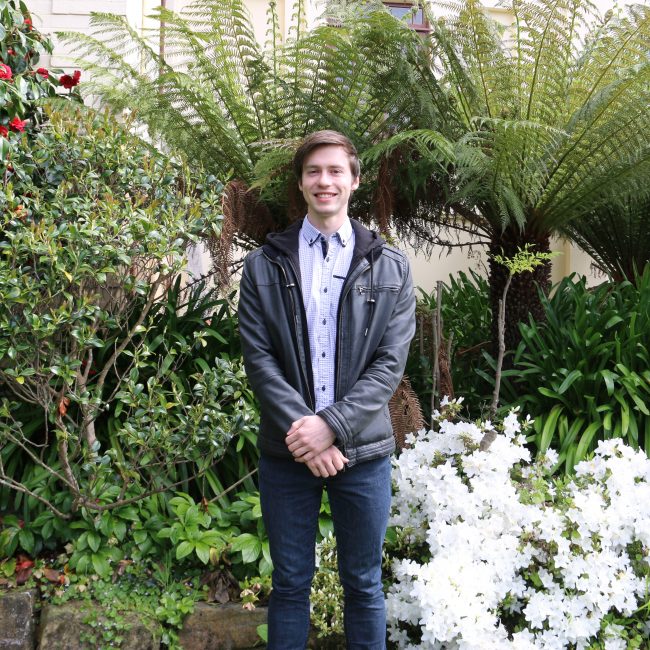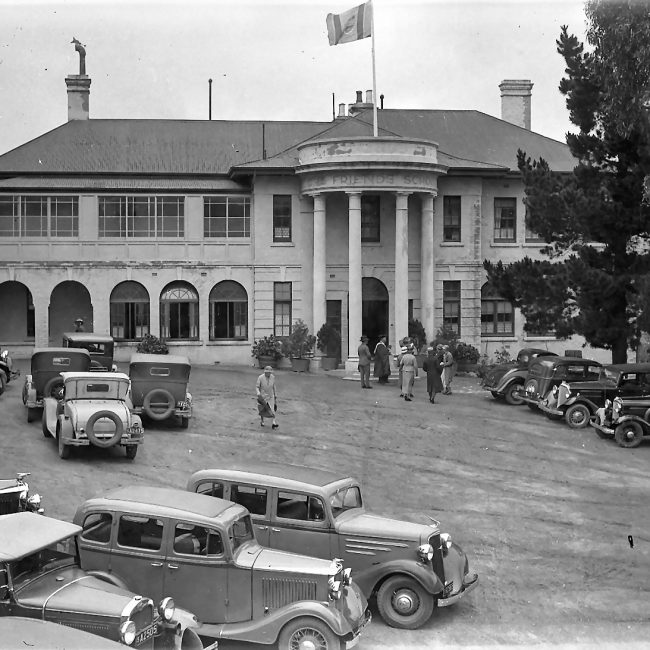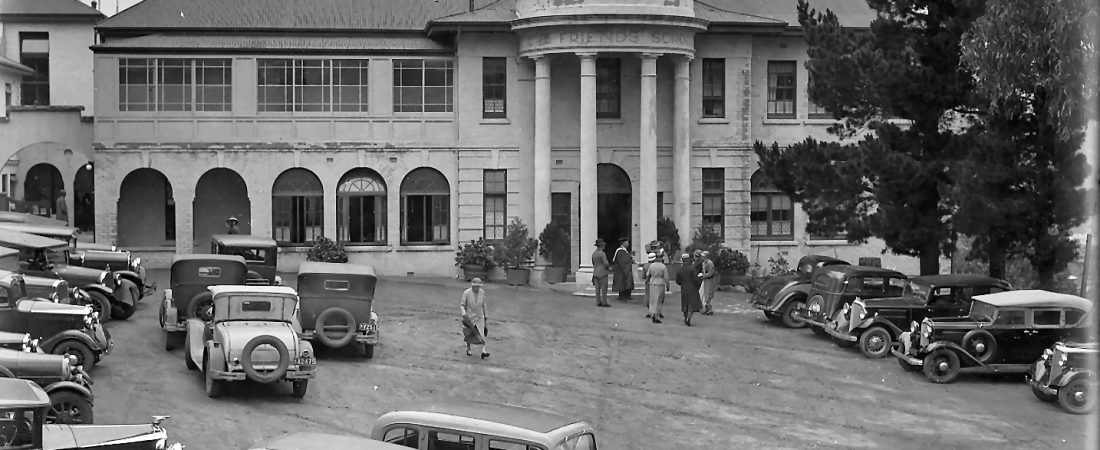
Community philanthropy has been part of Friends’ since the School was founded in 1887.
The Friends’ School Community has been a vital partner in the growth of Friends’ since it was established in 1887 with generous gifts of funds and resources by English Friends’.
The Friends School started with no financial backing other than an annual grant of 120 pounds for 4 years from London Yearly Meeting and pledges of support from local Friends of very moderate means.
Hobartville was built by Capt William Wilson in 1834 on a 5-acre estate. Originally the School investigated the possibility of raising a mortgage with Friends in England to purchase the property. However, luckily Baptists in Hobart offered a loan if other means of finance were not immediately available. The purchase price for Hobartville was 3,150 pounds in cash with over 100 pounds necessary for alterations and repairs. The Baptists offered 4000 pounds, a private investor E Ray provided 200 pounds and the remainder was found by taking an overdraft at VDL Bank at an interest rate of 61/4 % payable on both loans. The loan was negotiated on the personal guarantee of nine Friends who constituted the local committee.
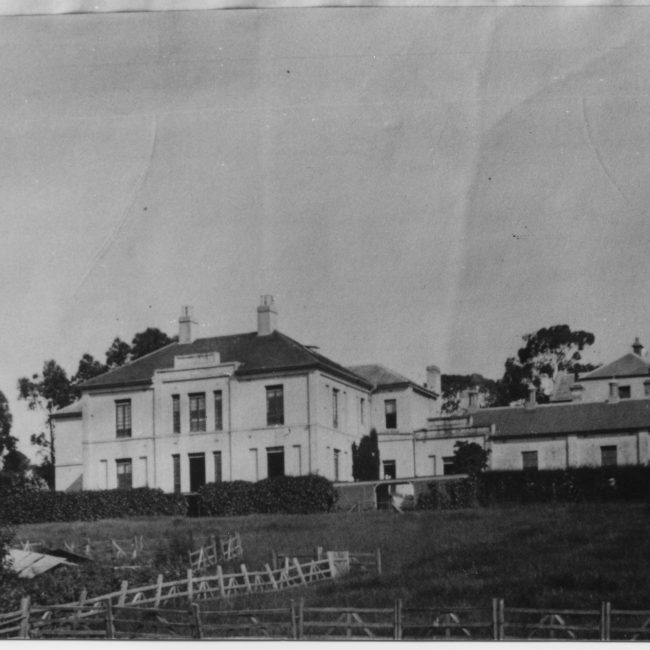
The main figure in these negotiations was the treasurer of the Baptist Union Dr Benjafield who had 3 children attending Friends’ and was the prominent non-Friend parent.
In 1891 the School undertook its First Appeal for funds for 2 gymnasia, a sanatorium, classrooms and boarding amenities for the School described as the Ackworth of Australasia. The capital expenses of the School were also partly met by continued support of English Friends who were approached for both moral and metallic sympathy. Over 1,500 pounds were garnered through an appeal to English and Irish Friends and 50 pounds from Australian Friends. Hannah Priscilla Peckover gave 5000 pounds as a result of this appeal.
A legacy from a Hobart resident, R Corsnip Smith previously unknown to the School except for his reputation as a Hobart miser, was intended at 1,500 pounds. When Friends’ School boarders took a route past Cornsnip Smith’s house on their way to attend Meeting in Murray Street, they were in the habit of passing on a friendly greeting to him on their way. With his legacy came an explanation for his unsought generosity – a very good feeling towards the School thanks in no small part to those friendly students.
The 1907 Assembly Hall (and adjoining classroom) and Science lab (since demolished) followed the circulation of 4-page leaflet launched at London Yearly Meeting 1904. 1700 pounds was raised including 300 pounds from Hannah Priscilla Peckover. Smith was acting as Principal during planning and construction and for the first time, the whole School could meet together for assembly. Fanny Pritchard donated money which was used to purchase Assembly Hall chairs.
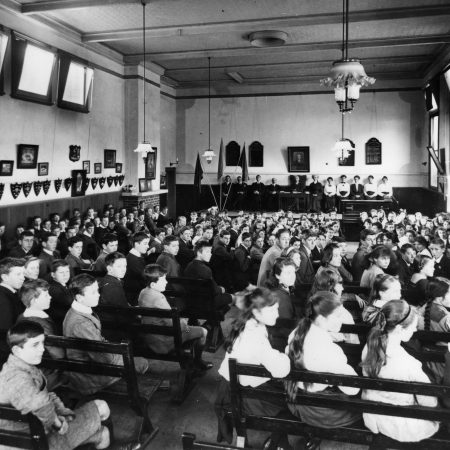
In 1923 William Cadbury initiated and donated 1300 pounds towards the cost of a Headmasters House.
He selected the house while in Hobart. This was partly in thanks for the support Unwin had been to the 3 Cadbury sons during their years at Leighton Park School. Then followed a succession of generous personal donations to the School by individual members of Cadbury Family members.
Paul Cadbury heard about Unwin’s desire to level an area for a playground and offered to subsidise pound for pound, any money raised through a School Fair for the purpose. Spurred on by this incentive the School community exceeded all previous Fair efforts and raised 350 pounds. Soon there was 1300 pounds for playground works. The current garden was set out as part of this work. Eventually, parents and special efforts raised 2,400 for this project (part was Paul Cadburys initial gift). Barrow Cadbury funded the portico.
Dr Thomas Hodgkin (Quaker, banker, historian) visited the School in 1909 and noticed the lack of a dining hall for students. In 1923 when the new Headmaster, Unwin, spoke of a similar need Hodgkin immediately donated 800 pounds and this became the nucleus of the Dining Hall Fund (a tablet records the occasion).
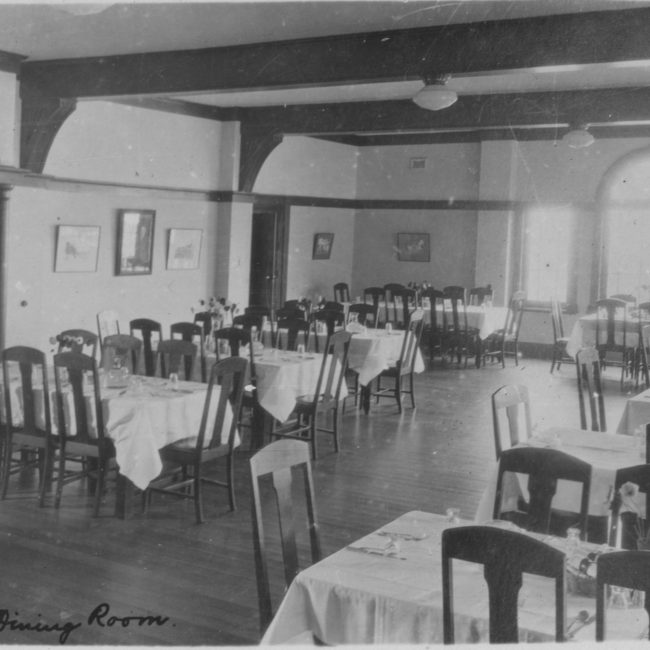
A considerable bequest from Old Scholar Caroline Walker was allocated to the new Middle School in 1970.
Old Scholar Caroline Walker left a considerable bequest to the School which was allocated to the new Middle School in 1970, with an intention to name part of the building the Caroline Walker Wing.
In the event a plaque on a stone near the entrance to the then Middle School, later Clemes section, marked Caroline’s contribution. This was just one of her gifts. Her brother was a great benefactor to the State Library.
Other female benefactors include Lena Grays bequest towards the gates at the Argyle Street property (since removed).
In 1962 William Oats reported, “in the last six years almost half of the school has been rebuilt at a cost of 120,000 pounds”. Included in this rebuilding was the new Science and Art block, a memorial to E.E. Unwin. It has a hemispherical dome, housing telescope, optical and radio equipment. New physics, chemistry and biology laboratories, the Asian Cultural Centre with its Propsting Library, and Wilfred Asten Lecture Theatre. North Block was funded in a variety of ways, Schools Commission Grants, gifts from a variety of “Asian” agencies (supporting the focus on the Asian Cultural Centre) and individuals, and a school appeal.
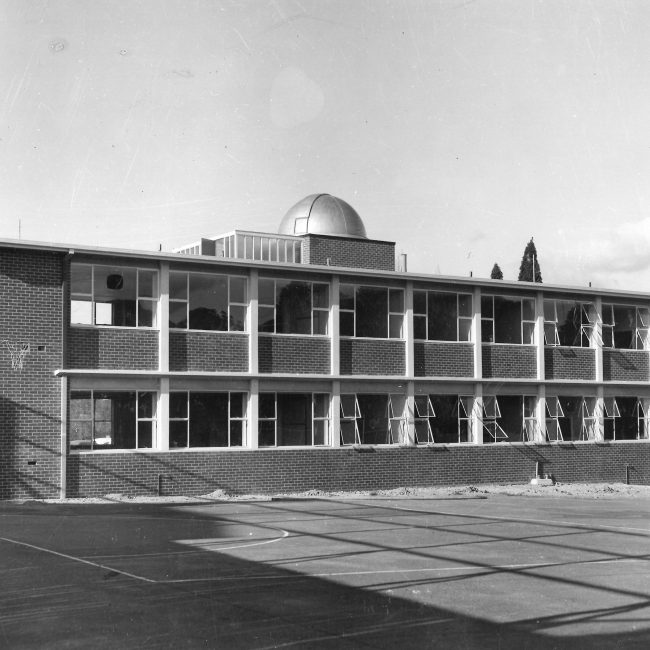
During the 1990s, Friends’ for the Future, led by Stephanie and Lyndsay Farrall, raised significant community support to extend the Year 5 and Year 6 classrooms, refurbish and repurpose classrooms in the Hobartville building in the High School, build the current Home Economics room and refurbish laboratories in North Block.
In the 2000s the Friends’ community provided philanthropic gifts to help make The Farrall Centre a reality – providing Friends’ students then, now and into the future with access to a world-class facility offering diverse learning opportunities.
A generous bequest from past student Richard Revell helped make the new Revell Sports Centre a reality.
The Revell Bequest
Richard Revell (1953) attended The Friends’ School as a Boarder from 1950 to 1951. Richard, who was severely physically disabled, had limited mobility and speech capacity. During his time at Friends’, many acts of kindness were shown towards Richard by his classmates, and later Richard was motivated to include a generous gift to The Friends’ School in his Will.
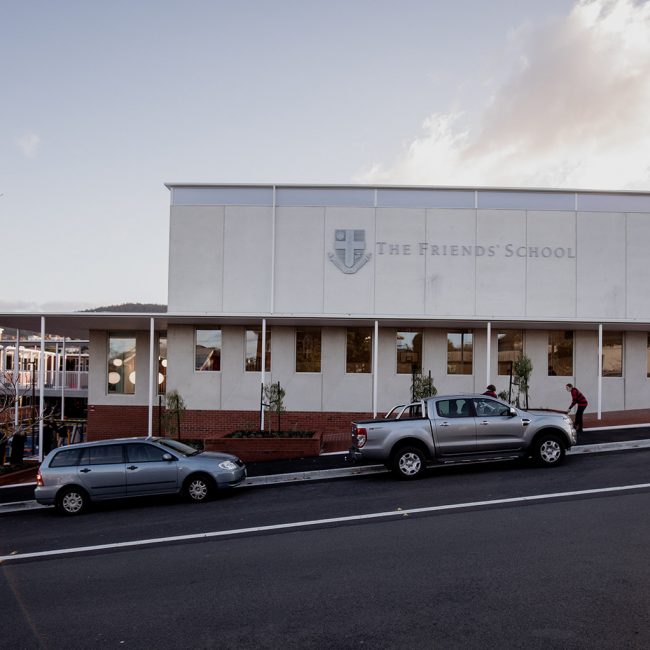
In the early 2020s the Illuminate Campaign, led by Principal Nelson File, raised significant community support to build the new Revell Sports Centre and transformed WN Oats Centre into state of the art, flexible learning spaces that are fit-for-purpose and foster world-best teaching and learning practices. As part of the major works, lifts and walkways were installed throughout the Commercial Road campus to solve the majority of access challenges. Vital contributions were also made to the School’s scholarship funds, including The Mather Endowment Trust.
